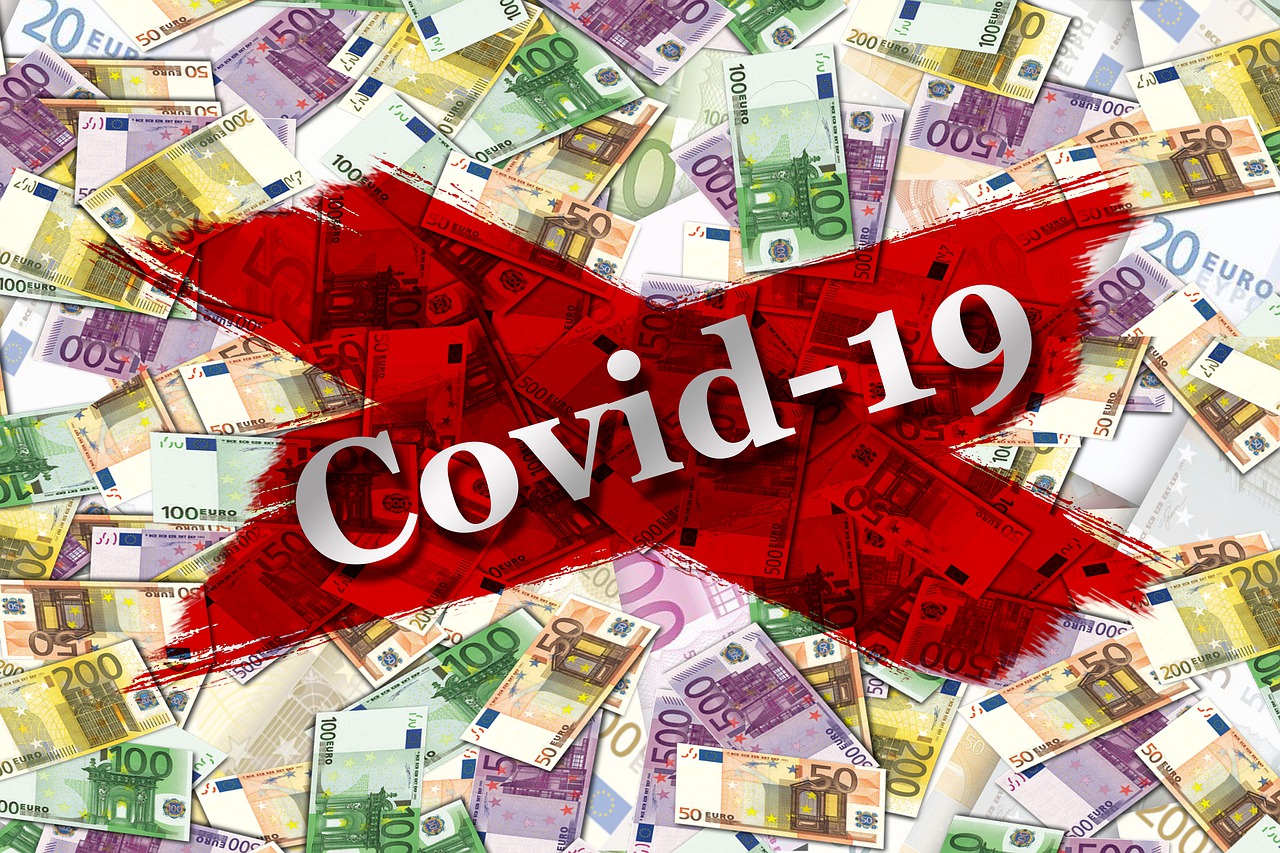
Te Whanganui-a-Tara – The bubble has burst. Just as Aotearoa was getting comfortable, covid raised its ugly head again and New Zealand went back into lockdown.
It seems that Auckland will be in level four lockdown for at least another two weeks, while the rest of the country will move to level three lockdown for an uncertain period of time.
Until the latest lockdown was announced, it seemed that the government’s measures to keep a COVID induced economic meltdown at bay were working.
But whether they will continue to work will depend on the length of the current outbreak and, in particular, the government’s capacity and appetite to sustain economic relief measures, national economic researcher Berl says.
Prior to the latest outbreak, GDP and employment were growing reasonably quickly, and the unemployment rate fell to about the lowest it is likely to go. The spectres at the feast became inflation and supply-side constraints.
Berl is not convinced that it will be a temporary issue.
“The question is where the labour force for further growth will come from. With only four percent of the labour force out of work, but ready for and actively seeking a job, it is difficult to imagine how employment can continue to grow.
“Many unemployed people will have skills that the market wants but can’t find work because they don’t live where their skills are in demand. Others may find themselves in a benefits trap, whereby taking a job is an unattractive option for their family once the costs of travel to work and other related costs are considered.
“Market conditions might entice some people back into the labour market. But the opportunities for employers to recruit from the current labour market are likely to be limited.
“Instead, they will most probably need to entice workers from other employers by increasing wages and salaries or find ways of increasing the productivity of their existing workforce.
“The trouble is, however, that New Zealand has a poor record of productivity growth, and the likely outcome could be wage inflation with limited economic benefit.”
The IMF is also worried about constraints on world economic growth Meanwhile, the July 2021 World Economic Outlook from the International Monetary Fund implies that New Zealand is not alone in facing the risks.
Prior to the latest covid lockdown, Berl was relatively optimistic about the prospects for the New Zealand economy.
However, the latest outbreak of the Delta strain of covid, has dampened their optimism. It is still early days in the current outbreak, and impossible to have any degree of certainty about how the New Zealand economy will perform.
The future remains highly uncertain for the tourism industry, particularly in the short-term. During the first level four lockdown in 2020, industry output dropped to just 11 percent of its pre-covid levels.
Longer term, with vaccination rates domestically and internationally increasing, New Zealand can expect the number of visitors to steadily increase. However, it might be a number of years before tourism reverts back to pre-pandemic levels.
For the first time since March 1999, the balance of trade in services went into a deficit, which amounted to $2.3 billion in March 2021.
Tourism exports are expected to be higher for the June 2021 quarter thanks to the opening of travel bubbles with Australia and the Cook Islands. However, the recent spread of the Delta variant leaves the future shrouded in uncertainty.



